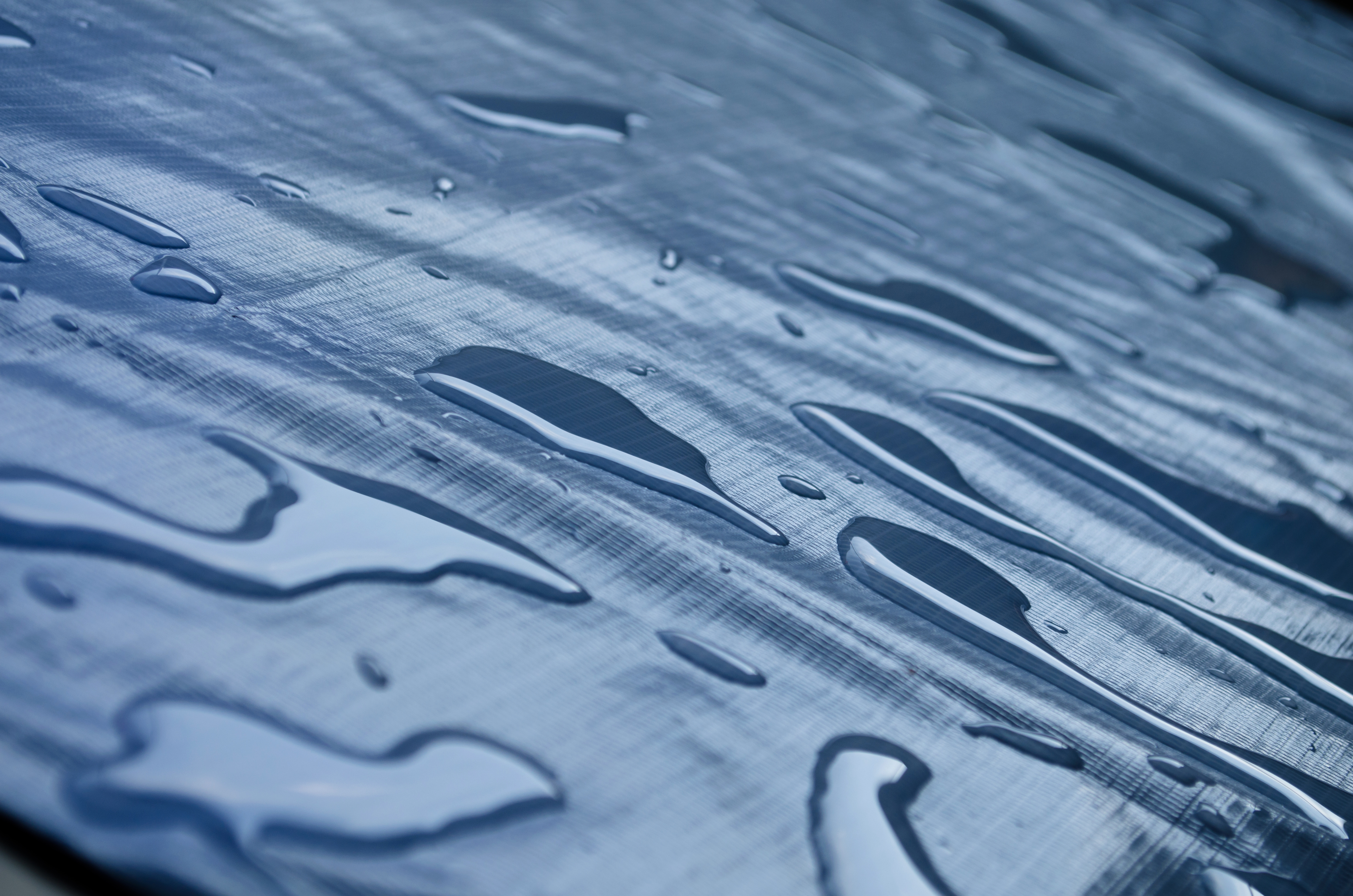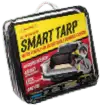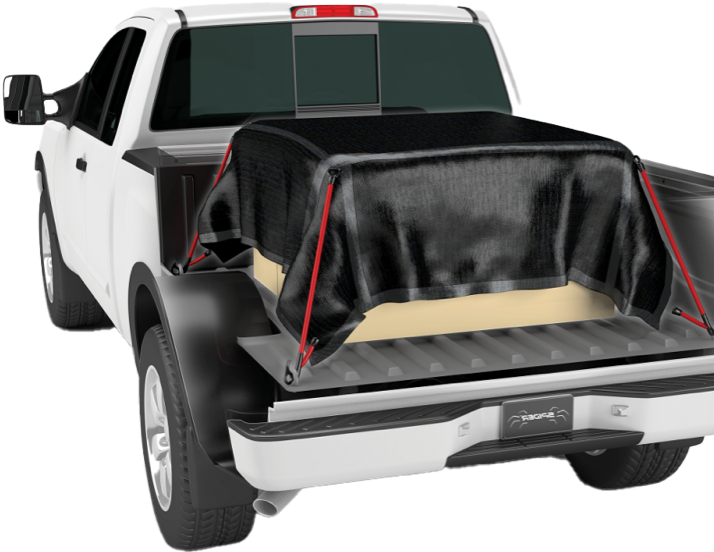Figuring out how to clean a tarp first starts with determining what material your tarp is made of, then following a short set of steps to clean it. Tarps, short for tarpaulins, are versatile and durable covers used to protect a range of items from outdoor elements such as rain, sun, and wind. But, even though they’re used to keep your belongings clean and safe from the elements, sometimes they need a good clean too.
Regardless of the material of the tarp you have, it’s important to keep it clean and well-maintained. This will help it last as long as possible and perform its best.
Cleaning different materials of tarps
Tarps are made from a wide variety of materials. Each of which has a different purpose. Some of the most common materials of tarps include canvas, polyethylene, vinyl, and mesh.
Spider Tarp offers a range of tarps in trailer covers, ute covers, and truck covers, made from different materials, each with its own unique benefits. Our tarps are made from tough, rip-resistant materials such as waterproof polyethylene (PE) coated fabrics for general domestic use, and heavyweight 600gsm (18oz) waterproof vinyl (PVC) coated fabrics featuring 50mm (2”) edge webbing for trade and industrial applications.
Will the type of material affect how to clean a tarp?
The type of material used in a tarp can change the cleaning process. For example, vinyl tarps are more durable and resistant to water, but they can be more challenging to clean than polyethylene tarps. Meanwhile, mesh tarps are breathable, making them great for airflow, but they can also collect debris more easily.
Depending on the type of material you use, you may want to supply different equipment or use different cleaning methods. The below method on how to clean a tarp is an outline, that will be applicable to most common materials tarps are made of.
What you'll need to clean your tarp
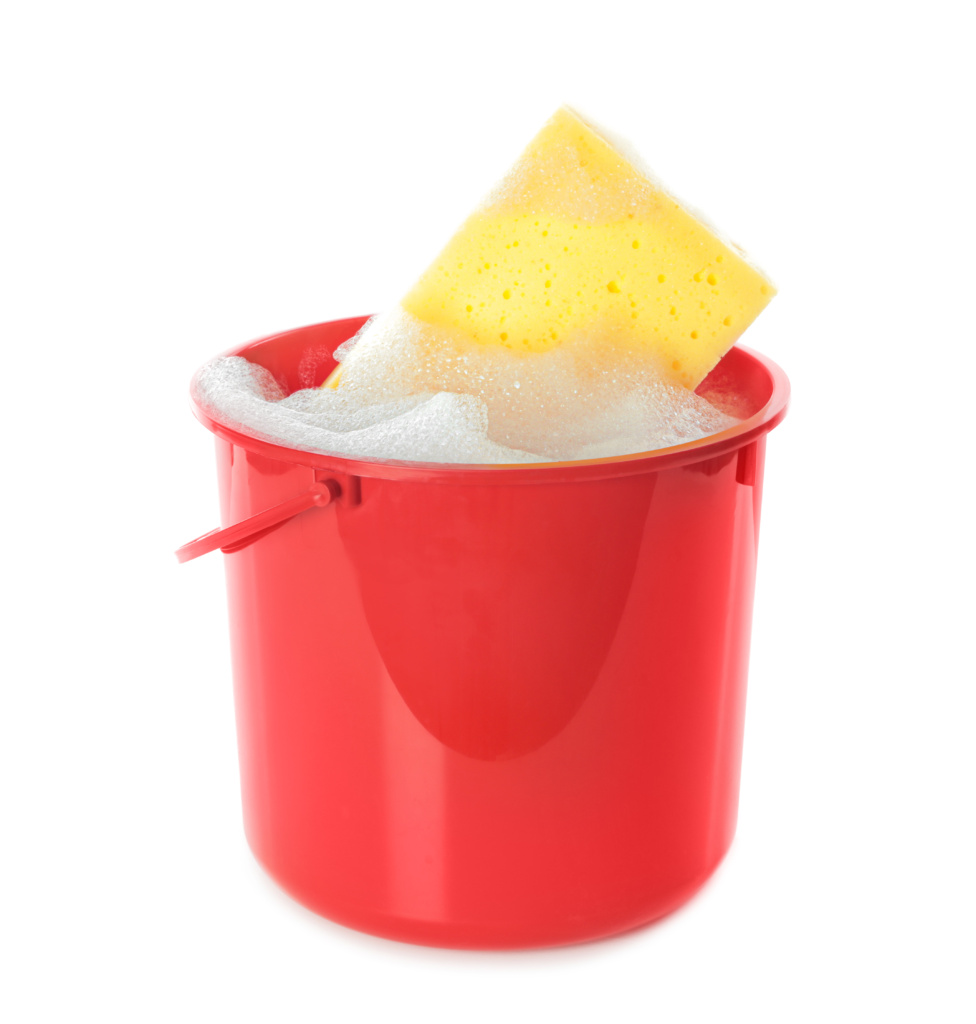
Materials needed to clean a tarp
Before learning how to clean a tarp, it’s time to grab your supplies. Some helpful tools to help you clean a tarp include:
- A soft-bristled brush or sponge
- Mild soap or detergent
- A hose (and water source) or bucket of water
- A clean towel or rag for drying
- A small brush to clean hook straps if needed (a toothbrush would work well)
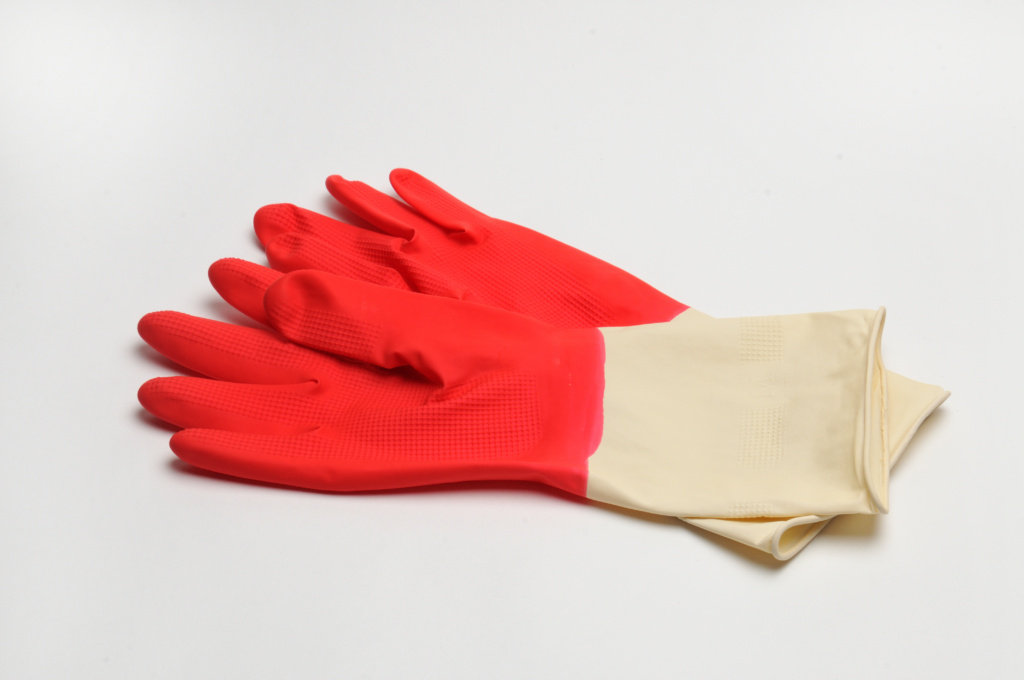
Safety precautions
And of course, it’s important to take safety precautions to avoid injury to yourself or damage to your tarp.
- Wear protective gloves and eyewear to prevent any chemicals or debris from getting into your eyes or skin.
- Avoid using abrasive cleaners or brushes that can damage the tarp’s surface.
Remember, even some cleaning materials recommended to clean tarps can be harmful to your eyes or skin. So it’s always best to be cautious and use safety precautions.
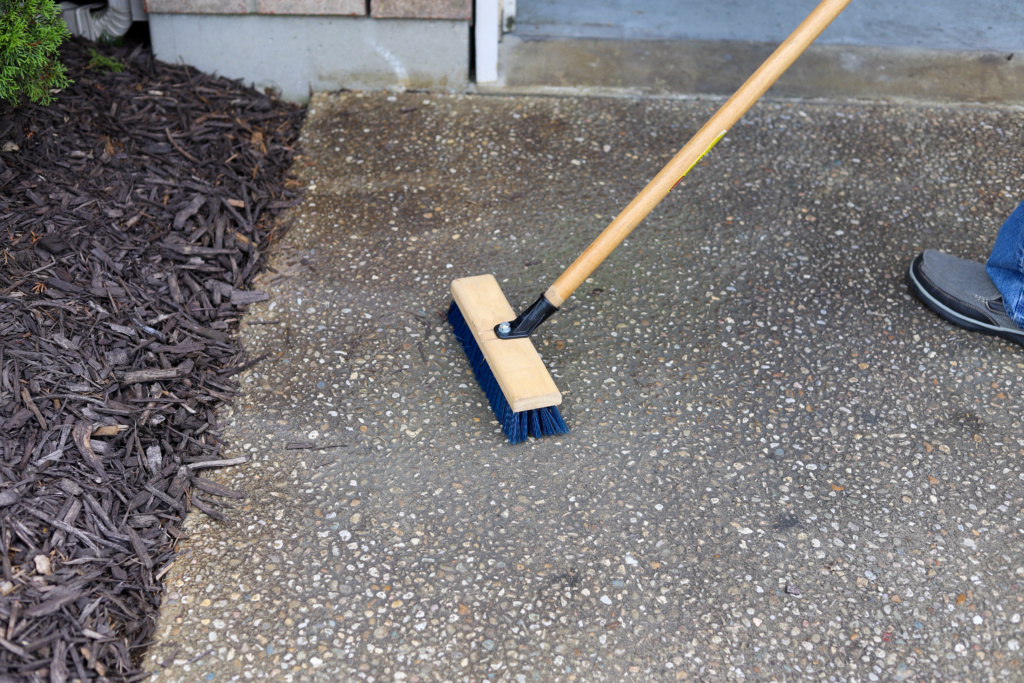
Choosing a location
You will also need to choose where you’re going to clean your tarp. An open, flat space with good drainage is ideal.
- If you’re cleaning your tarp on a sensitive surface, you may want to lay down some old cardboard, plastics, or trays to protect it from any chemicals you use.
- Ensure your cleaning solution doesn’t harm nearby plants or grass.
Clean your tarp on a hard surface such as a driveway or patio to make cleanup easier.
Steps on how to clean a tarp
Cleaning your tarp is a straightforward process that can be accomplished with a few simple steps:
- Lay the tarp flat on a clean, flat surface.
- Use a soft-bristled brush or sponge to remove any loose dirt or debris from the tarp.
- Mix a mild soap or detergent with water in a bucket or spray bottle.
- Apply the cleaning solution to the tarp, working in small sections from one end to the other.
- Use a soft-bristled brush or sponge to scrub the tarp gently, paying extra attention to any stains or spots.
- Rinse the tarp thoroughly with a hose or bucket of clean water to remove all traces of soap.
- Use a clean towel or rag to dry the tarp completely, making sure to remove any excess water.
Alternate cleaning methods
Different types of stains may require different cleaning methods. For example, grease or oil stains can be removed with a degreaser or a mixture of baking soda and vinegar. For mould or mildew, a mixture of bleach and water can be used.
Always test any cleaning solution on a small, inconspicuous area of the tarp before applying it to the entire surface.
If your tarp or trailer cover has hook straps or bungee cords, you can clean them with a small brush (like a toothbrush) to remove debris such as sand. Rinsing with fresh water may also help.
Drying a tarp after cleaning
It’s important to properly dry your tarp after cleaning to prevent mould or mildew growth. Hang the tarp over a clothesline or lay it flat on a clean surface to air-dry completely before folding or storing.
Keeping your tarp clean
Proper maintenance of your tarp can help keep it clean for longer and extend its life. Here are a few tips for maintaining your tarp:
- Regularly clean your tarp as outlined in the previous section.
- Avoid storing your tarp when it is wet or damp, as this can cause mould or mildew growth.
- If possible, store your tarp in a cool, dry place out of direct sunlight.
- Inspect your tarp regularly for signs of wear and tear, such as holes or frayed edges.
- Patch any holes or tears immediately to prevent further damage.
- Use caution when folding or storing your tarp to avoid creases or folds that can weaken the material.
Storing your tarp after cleaning
When it’s time to store your tarp, fold it neatly and place it in a dry, cool place out of direct sunlight. Avoid folding your tarp in the same place every time, as this can cause creases that weaken the material over time. For long-term storage, consider using a plastic storage container to protect your tarp from moisture and pests.
Checking for signs of wear and tear
Regularly checking your tarp for signs of wear and tear can help prevent future damage or risk. If your tarp is heavily damaged, it may be time to replace it. Signs it may be time to replace your tarp include:
- holes
- tears
- severe fading
By regularly inspecting and maintaining your tarp, you can extend its lifespan and save money in the long run.
Final thoughts on how to clean a tarp
Tarps are a handy tool for protecting your valuables from the elements. But even though they protect what they cover from the elements, occasionally tarps will need some TLC too.
Gather the necessary supplies, take safety precautions, and choose the right spot to clean your tarp. Follow the steps provided, and if you find stubborn stains or dirt, try using the tips mentioned above to remove them.
Cleaning your tarp regularly can help keep it in its best condition and prevent damage. By doing so, you can protect your valuables and save money in the long run by avoiding costly repairs or replacements.
For more tips on tarps and covers for utes, covers for trailers, or covers for trucks, check out our latest resources and news.


